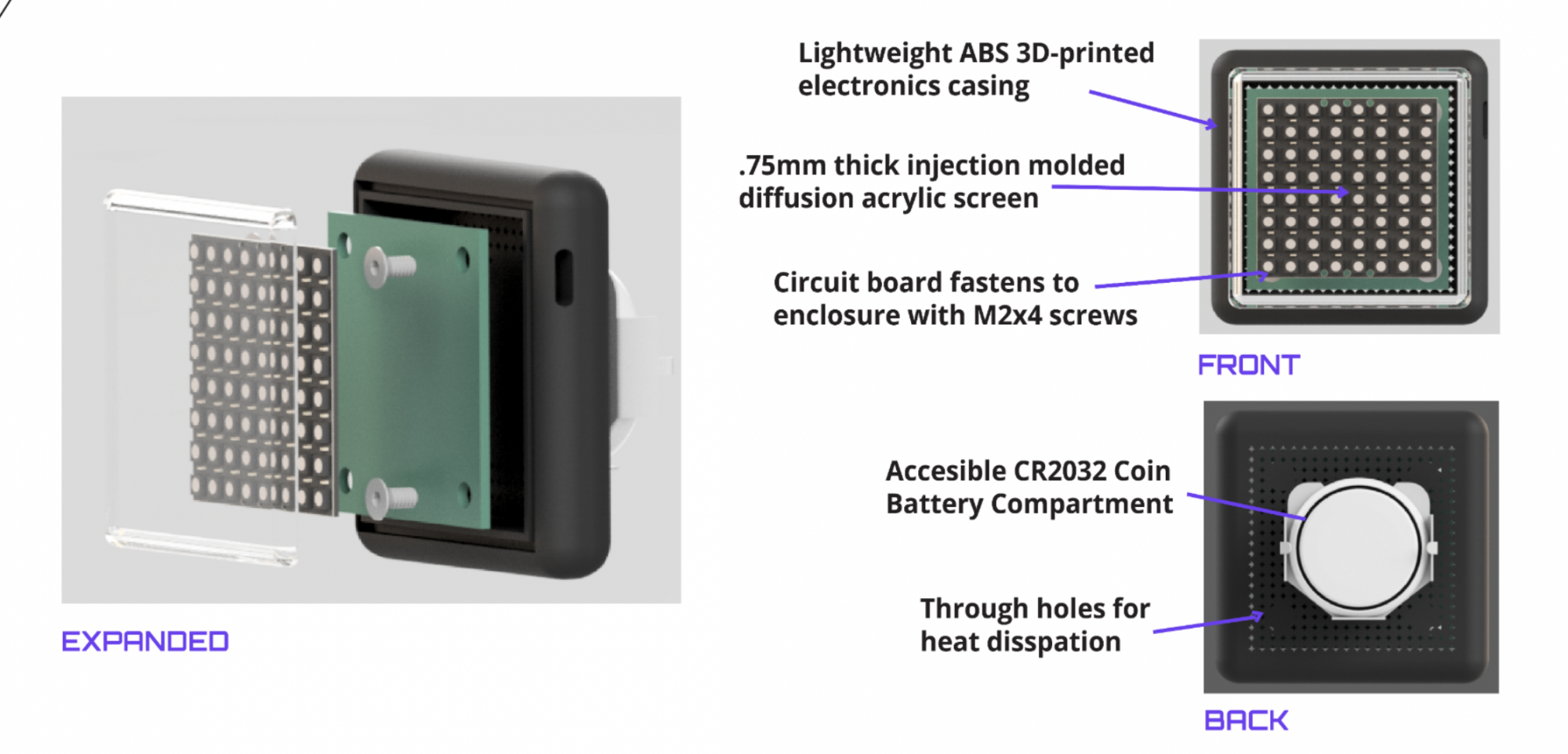What did you personally accomplish this week on the project? Give files or photos that demonstrate your progress. Prove to the reader that you put sufficient effort into the project over the course of the week (12+ hours).
I wrote and tested a new firmware that supports the receiving of large data packet in data mode. The new firmware enables whole-matrix update as well as Fram-defined moving pattern. I also added the password functionality into the firmware where user needs to send password first to program the matrix. The firmware will be further updated to support push button triggered interrupt to receive ble data. In doing so, the microcontroller doesn’t have to poll for ble data and therefore has less power consumption. I also participated in the team discussion of new hardware design.
Is your progress on schedule or behind? If you are behind, what actions will be taken to catch up to the project schedule?
My progress is on schedule.
What deliverables do you hope to complete in the next week?
The firmware needs to be updated to accommodate software and I will also add support for push button and GATT for customization and battery measurement.
